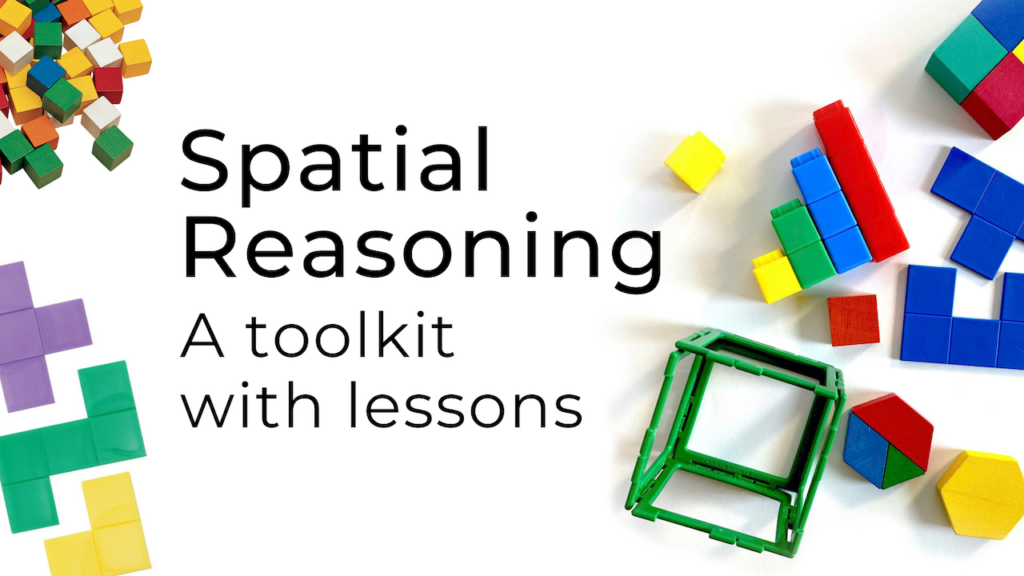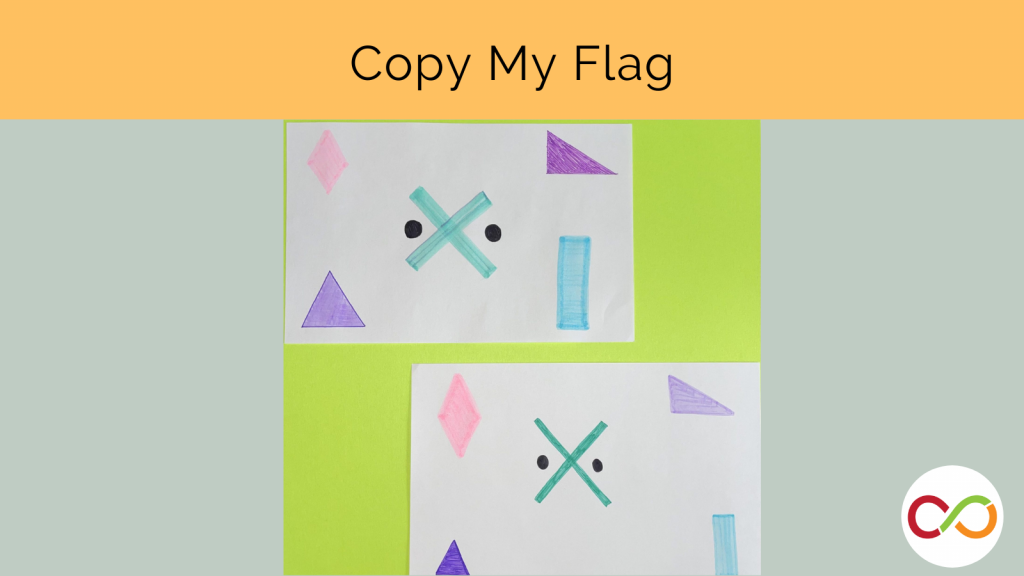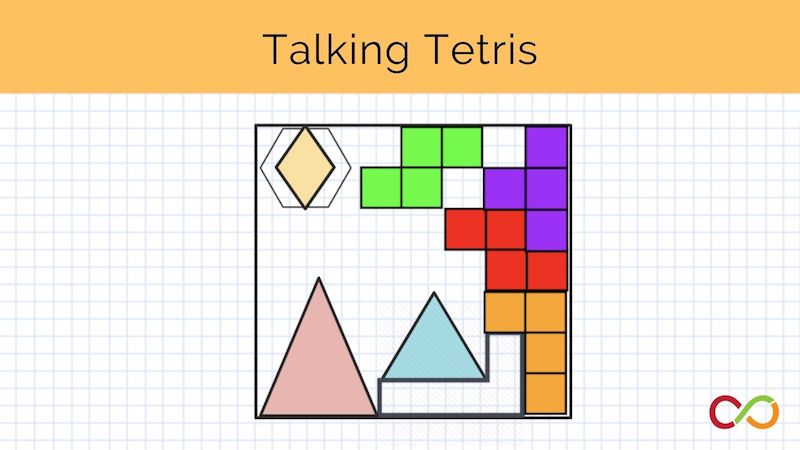Secret Shape Code
Primary (Age 6 – 9)
Curriculum Goal
Primary: Geometry and Spatial Sense
- Describe the relative locations of objects or people, using positional language.
- Describe the relative positions of several objects and the movements needed to get from one object to another.
Primary: Patterning and Algebra
- Solve problems and create computational representations of mathematical situations by writing and executing code, including code that involves sequential events.
Context
- Students will work in pairs with a barrier between.
Materials
- Set of paper shapes (Appendix A)
- Construction paper folded into a 2×3 grid with 6 equal regions
- Barrier (file folder, big book, etc.)
Lesson
- Facilitate a discussion with students. The following are suggested prompts:
- How can we provide directions? Consider terminologies such as up and down, left and right, north and south, west and east, above and below.
- How else can you describe the location and the orientation of your shape?
- Tell students to work in pairs. Behind a barrier, have one student make a secret code using six shapes on their grid (one in each region) in any orientation.
- Encourage the students to place individual shapes in unusual orientations (upside-down heart, arrow pointing to corner, etc.)
- Instruct this same student to describe the code (i.e., location and orientation of each shape) to their partner who cannot see it, while the partner re-creates the shape code.
- Once finished, have the pair compare their codes to see if they match.
- Have students switch roles and repeat the exercise.
- Gather students together and engage in conversation, considering the following prompts:
- Were you able to create your partner’s secret code?
- How did you describe your secret code to your partner?
Look Fors
- What kind of language is the student using to describe the shapes and their placement? Listen for words related to location, distance, orientation and direction. For example, left, right, up, down, angle, etc.
- How effectively does the student visualize shapes when receiving descriptions? Are they using gestures when imagining the shapes in their mind? Are there any common errors? If so, ask the student what he or she was visualizing when attempting to solve the problem.
Share this lesson
Share on facebook
Share on twitter
Share on email



